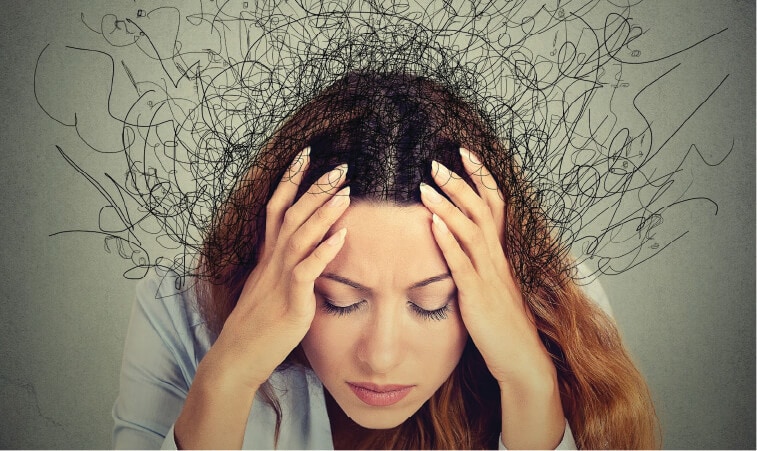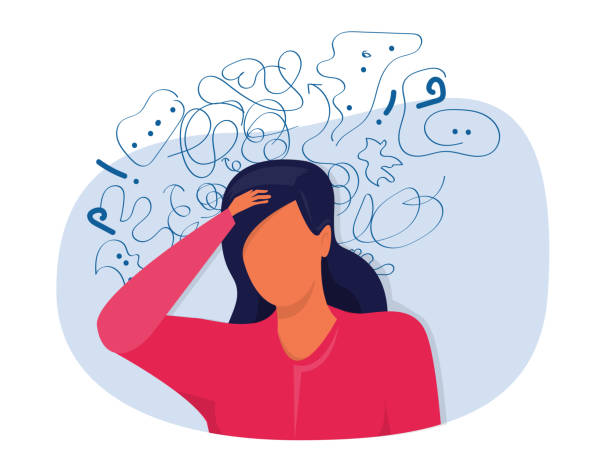
How To Fall Asleep Fast With ADHD
When you or someone you know and/or love has ADHD, you are definitely aware of areas of everyday life that can be affected. In addition to the well known challenges of ADHD like focusing at work or school, most people affected by ADHD suffer sleep patterns and therefore develop sleep-related issues. Some professionals even report that three out of four children and four out of five adults that have ADHD have a co-occuring sleep disorder. There is a growing desire for many people with ADHD to want to learn how to fall asleep fast with ADHD.
Most people with ADHD usually have trouble sleeping at one point or another. This leads them to ask the question about how to fall asleep fast with ADHD? Not every person will experience sleep-related issues caused by ADHD in the same way. With some people, the problem starts during bedtime with trouble getting to sleep. Then some others have issues getting out of bed in the morning to start the day on time. It is definitely also regular to have some combination of both of these as they can directly impact the other.

Sleep Strategies for ADHD
- Turn on white noise. White noise can be a gentle, steady, monotonous, peaceful sound like a fan humming or background sounds that are calming and not stimulating. Check out Binaural Beats!
- Listen to an audiobook. Stories can help children and adults focus their mind and slow down. You can even try listening in the dark with your eyes closed.
- Read. A caution here. A very captivating book can backfire and keep your brain attentive and alert for a long time. A magazine or simple casual book may be a safer choice as the articles or plots are shorter, despite how interesting it may be.
- Set Up Sleep environment. Create a sleep environment that is conducive to sleep. So this means comfortable pillows and mattresses, dim lights, cool temperature (usually between 60 and 67 degrees Fahrenheit) and quiet. Some personal customization is allowed as explained in the next point.
- Use a signaling object. A soft blanket or special pillow can help one transition to bedtime. A simple transitional item can work for children, older children up to even adults.
- Put worries away. As soon as your head hits that pillow, problems will start racing through your mind, making sleep impossible. To stop this, you can keep a pen and pad of paper by your bedside. Start writing down your thoughts and worries and agree with yourself very calmly and lovingly that you will address at a later time.